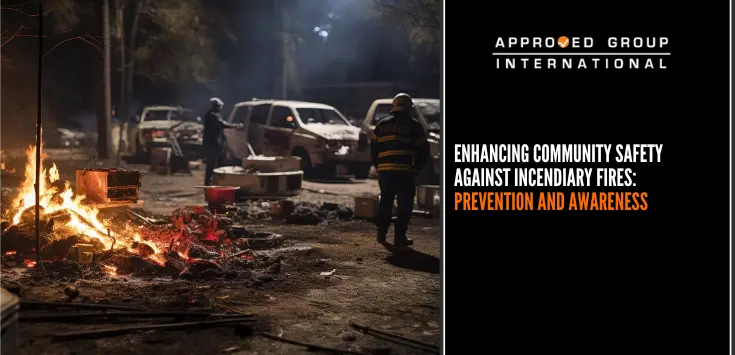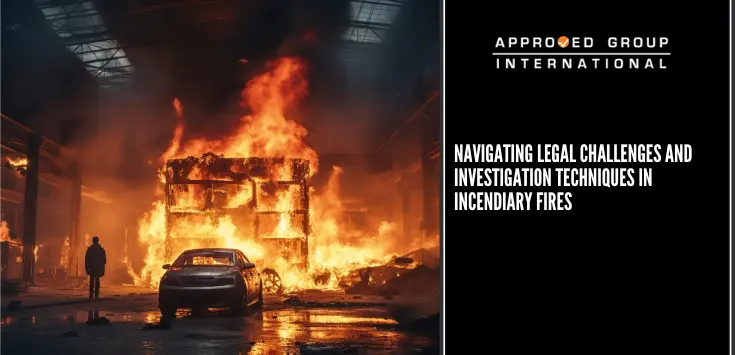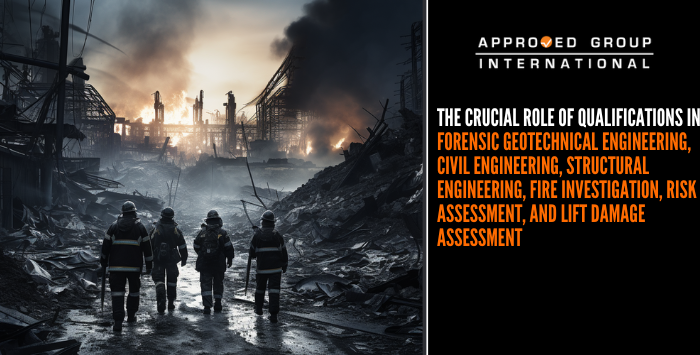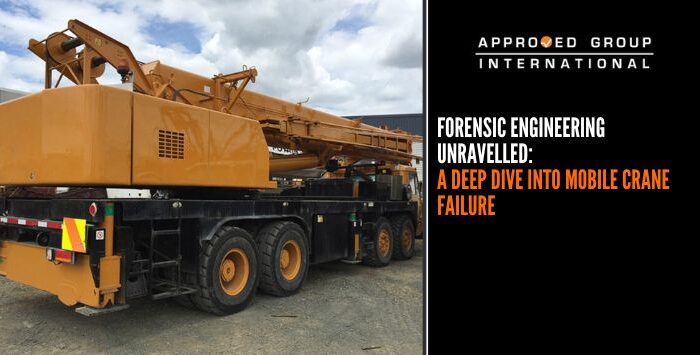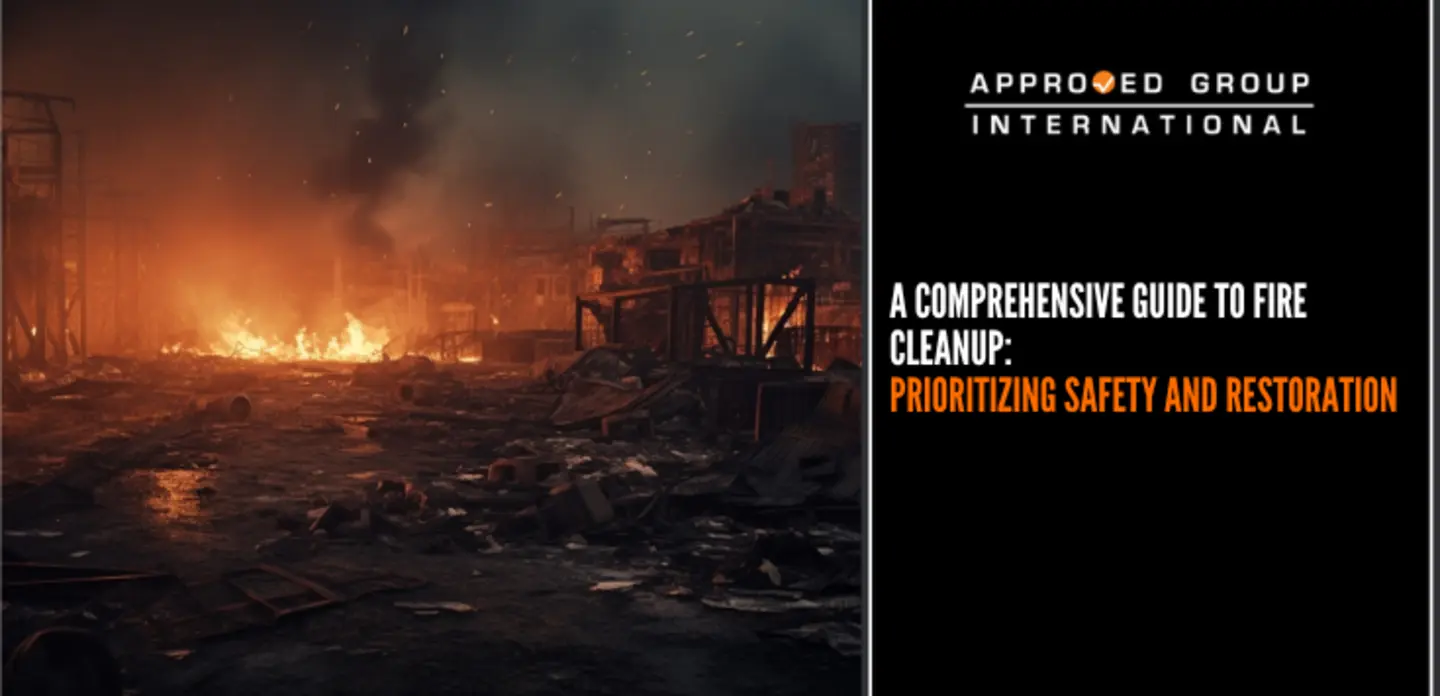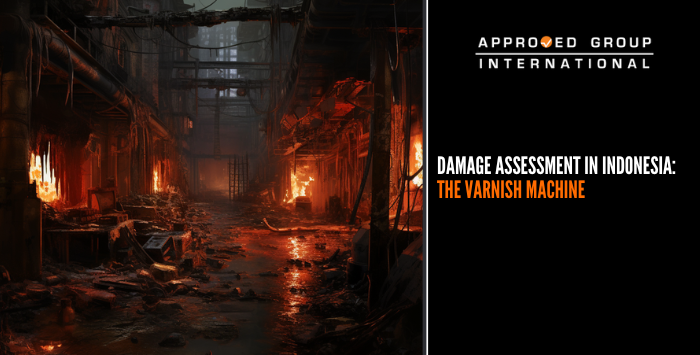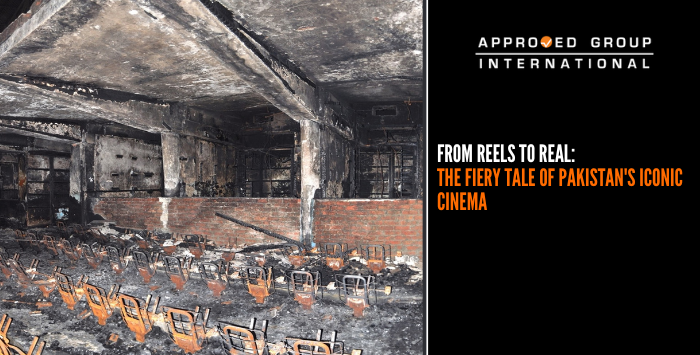A stage bus caught fire during its operations when the driver stopped by the roadside to alight the passengers. The bus driver was about to resume his journey when the engine stopped suddenly. He then heard an explosion-like sound from the rear section. After the immediate evacuation of the remaining passengers, he inspected the rear section and noticed fire emanating from the battery compartment. Despite the fire-fighting effort by the bus driver and his colleague, the fire soon engulfed almost the entire bus and affected other vehicles parked in the vicinity.
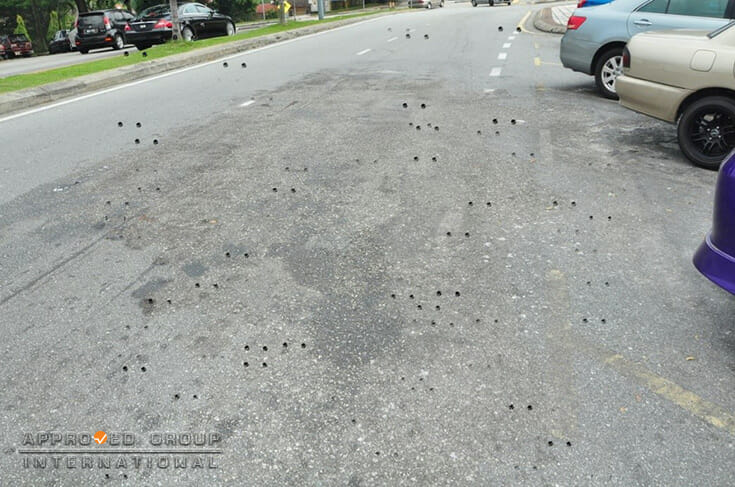
Prior to the fire, the bus was operating as usual and there were no anomalies detected throughout the journey. The Team also found the maintenance and service of the bus to be in order and on schedule. The bus was severely fire-damaged, especially towards the rear section, where the engine and battery compartments were located. Based on the interpretation of the extent of fire damage, the Team confirmed that the fire commenced from within the battery compartment. The examination to the wheel adjacent to the area of fire origin revealed no indication of mechanical failure that could result in the fire.

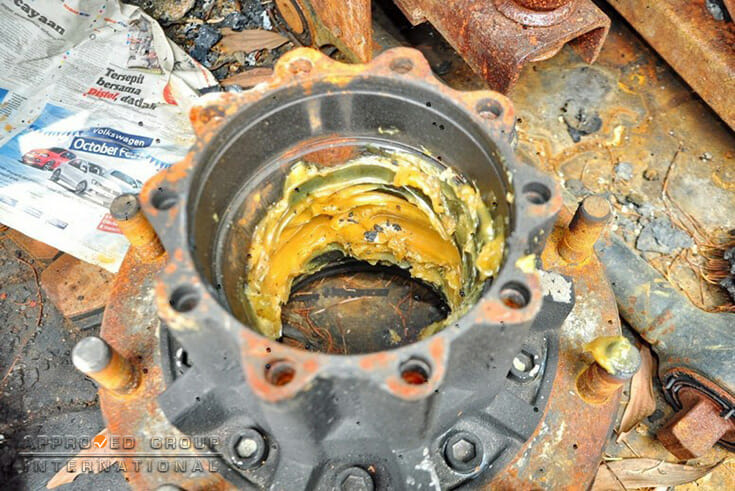
Within the battery compartment, the Team inspected the air tank, electronic control unit (ECU), wiring harness and the two (2) batteries. Based on the evidence available, the Team ruled out the electrical failure arises from the air tank, ECU, and wiring harness. This narrowed the possibility of a fire starting from the batteries.
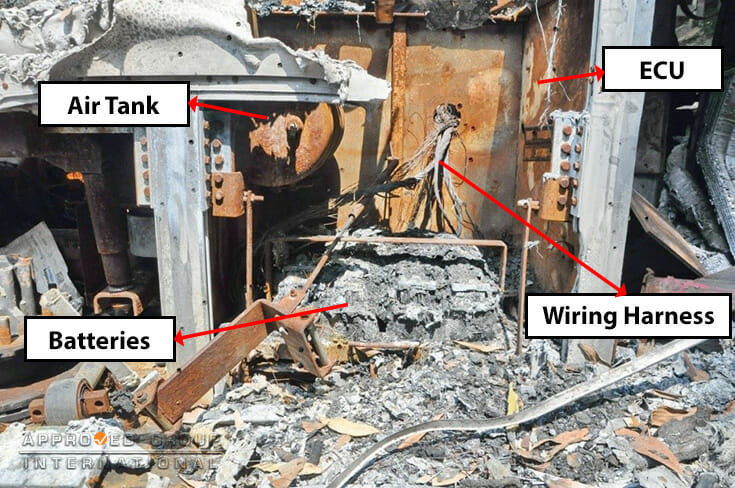
Through the damage assessment and scientific interpretation, as well as the process of elimination of the other probable causes, it’s the Team’s opinion that the fire commenced from an electrical failure that occurred within the battery compartment due to a loose connection at the battery terminal.



